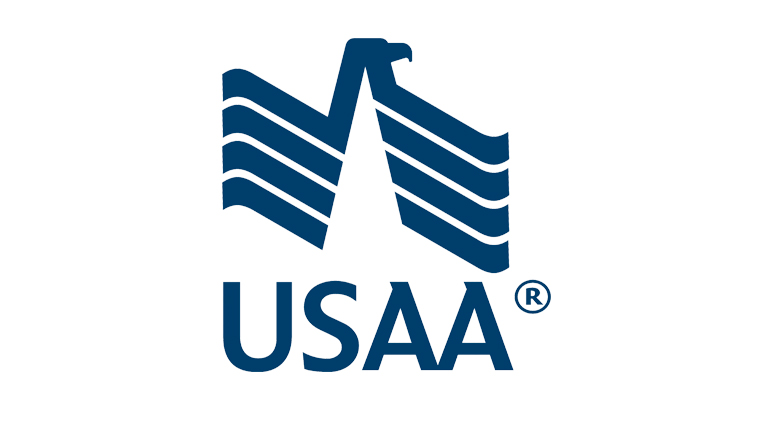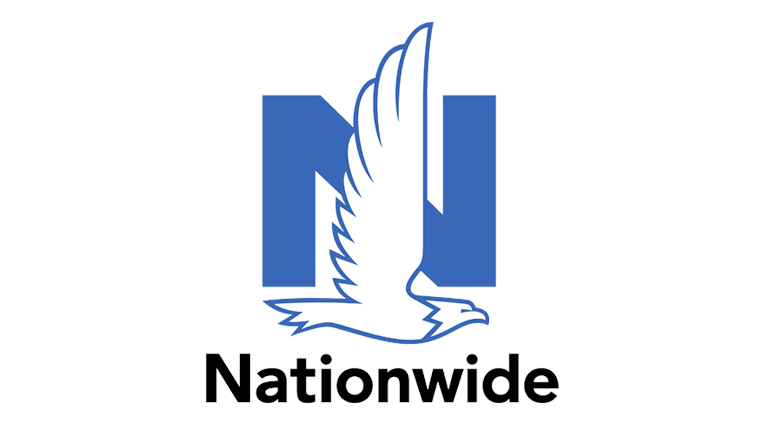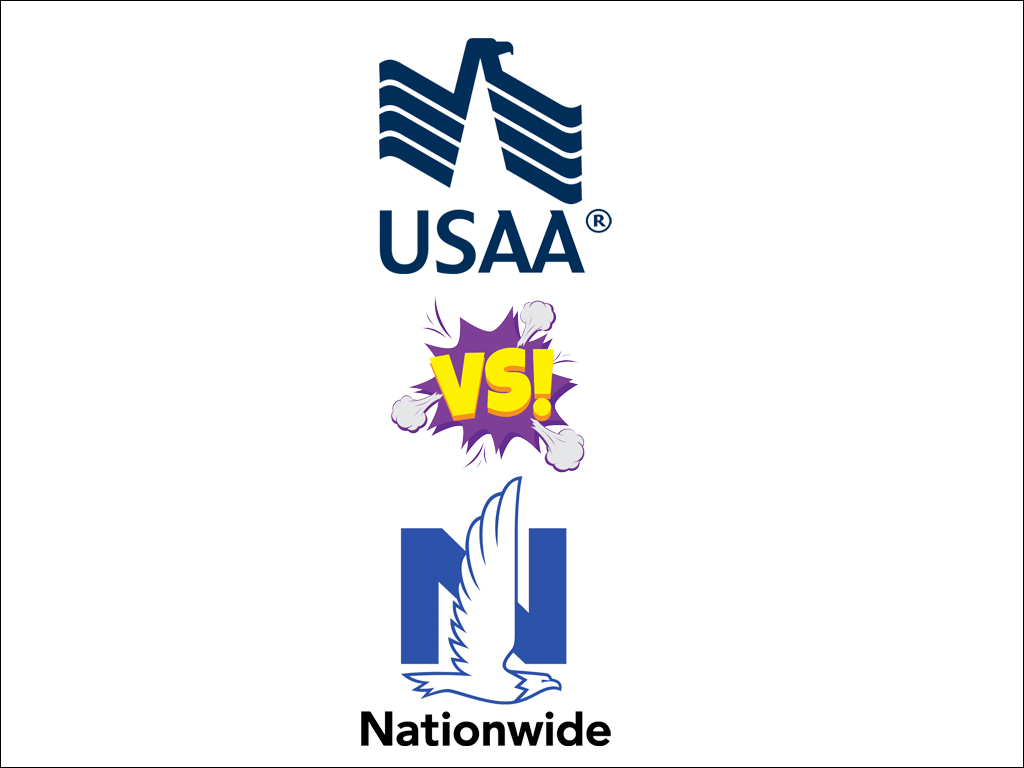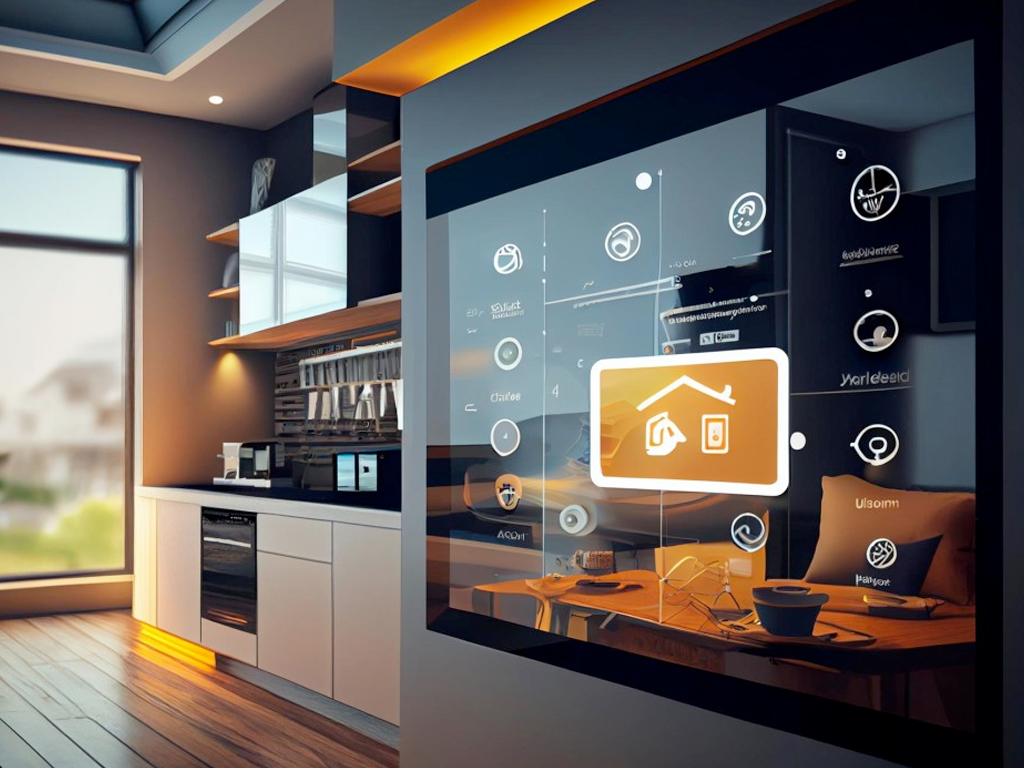USAA vs. Nationwide
Car insurance is a crucial component of car ownership, ensuring financial protection in case of accidents or unforeseen events. While Progressive, Geico, State Farm, and Allstate are often in the spotlight, other providers like USAA and Nationwide also offer competitive services that cater to different needs. Let’s dive deep into both USAA and Nationwide to help you make an informed choice.

USAA Car Insurance: Tailored for Military Families
Overview: USAA (United Services Automobile Association) stands out as a top contender for car insurance, but with a unique twist: it exclusively serves U.S. military members, veterans, and their families. Founded in 1922, USAA offers a wide range of insurance products with a strong emphasis on personalized service and military-friendly benefits.
Coverage Options: USAA provides all the essential coverage options that you would expect from a top-tier insurer, including:
- Liability Coverage: Covers the costs if you’re responsible for injuries or damage to others.
- Collision Coverage: Pays for repairs if you’re at fault in an accident.
- Comprehensive Coverage: Protects against non-collision events like theft, vandalism, or natural disasters.
- Uninsured/Underinsured Motorist Coverage: Provides coverage if you’re hit by a driver without adequate insurance.
Military-Specific Benefits: One of USAA’s standout features is its military-specific offerings. For example:
- Deployment Coverage: USAA allows active-duty military personnel to suspend their car insurance when deployed, reducing costs without sacrificing protection.
- Military Discount: USAA offers a special discount for active military members and veterans, which can reduce premiums significantly.
- Rental Car Coverage: USAA includes rental car reimbursement if your car is in the shop due to a covered claim, a benefit many military families find invaluable during relocations.
Customer Service: USAA is known for its exceptional customer service. With a focus on personalized care, the company offers 24/7 claims support and direct access to agents who are familiar with the specific challenges military families face. Their mobile app is highly rated, providing easy access to policy information and claims tracking.
Pricing: USAA tends to be very competitive on pricing, especially for military families who may benefit from discounts and reduced rates based on their unique needs. However, their eligibility is limited to military families, so they aren’t an option for everyone.
Pros:
- Military-focused discounts and support.
- Strong customer service with a focus on the needs of service members.
- Competitive pricing, especially for military families.
- Comprehensive coverage options.
Cons:
- Limited eligibility to military families only.
- Availability and pricing may not be as competitive for non-military individuals.

Nationwide Car Insurance: A Broad Approach to Coverage
Overview: Nationwide, one of the largest and most recognizable insurers in the U.S., offers a wide range of insurance products, including auto, home, and life insurance. With a strong reputation for reliability, Nationwide provides an extensive array of benefits to individuals and families, including both basic and more advanced coverage options.
Coverage Options: Nationwide offers a variety of car insurance options, designed to meet the needs of a broad spectrum of drivers:
- Basic Coverage: Includes all standard options like liability, collision, and comprehensive coverage.
- Vanishing Deductible: For every year you go without filing a claim, Nationwide reduces your deductible by $100, with a potential maximum reduction of $500.
- Accident Forgiveness: If you have an accident, Nationwide may forgive the first incident, ensuring it doesn’t affect your premiums.
- Custom Equipment Coverage: If you’ve added custom accessories to your car, such as aftermarket parts, Nationwide will ensure they are covered in case of loss or damage.
- Rideshare Insurance: Nationwide offers specialized coverage for drivers who use their cars for ridesharing services like Uber or Lyft.
Customer Service: Nationwide is recognized for its solid customer service and claims processing. With a wide network of agents available across the U.S., customers can reach out for help easily. They also provide 24/7 support through their mobile app, which includes the ability to report claims, check the status of claims, and view policy details.
Pricing: Nationwide tends to offer competitive rates, particularly for individuals who take advantage of their discounts. Discounts are available for bundling policies, good driving history, and anti-theft devices in vehicles. Nationwide is considered to be a mid-range option in terms of pricing, with rates that are often affordable but not the cheapest on the market.
Pros:
- Broad range of coverage options, including niche offerings like rideshare insurance.
- Vanishing deductible and accident forgiveness programs.
- Reliable customer service and claims processing.
- Comprehensive mobile app with 24/7 access.
Cons:
- Premium rates may be higher for certain drivers, particularly those with a history of accidents.
- Doesn’t offer as many specialized military benefits as USAA.
Final Verdict: Which One is Right for You?
When deciding between USAA and Nationwide, the key factors to consider are your eligibility and the specific coverage you need:
USAA is the clear winner for military families. With military-specific benefits, discounts, and support, it’s a standout choice for active-duty service members, veterans, and their families. The exceptional customer service and competitive pricing make it a preferred option for those who qualify.
Nationwide, on the other hand, offers a broad range of coverage options that cater to a wide variety of customers. While it doesn’t have military-specific benefits, its accident forgiveness, vanishing deductible, and rideshare coverage make it an attractive choice for drivers looking for flexible and reliable insurance.
In summary, USAA is an excellent option for military families who want tailored service and military-friendly benefits, while Nationwide appeals to a broader audience looking for comprehensive coverage options with flexible benefits.

